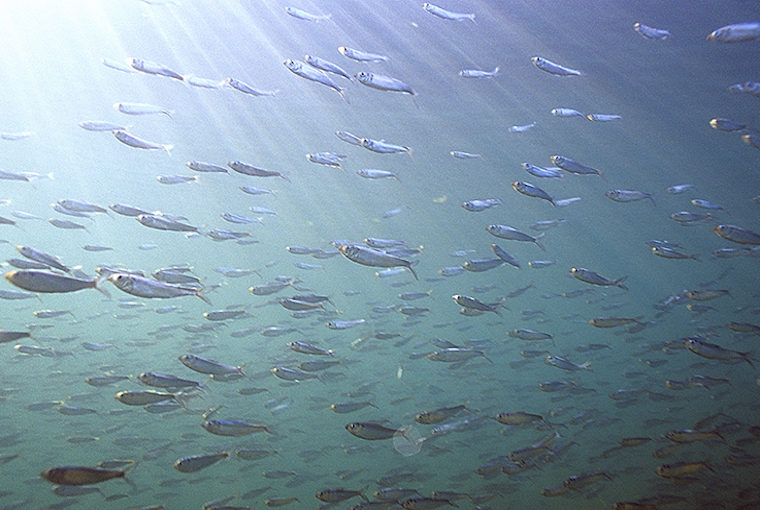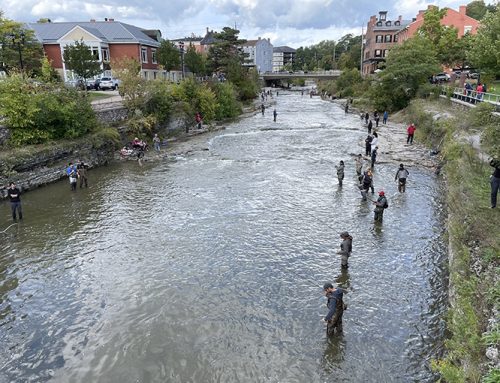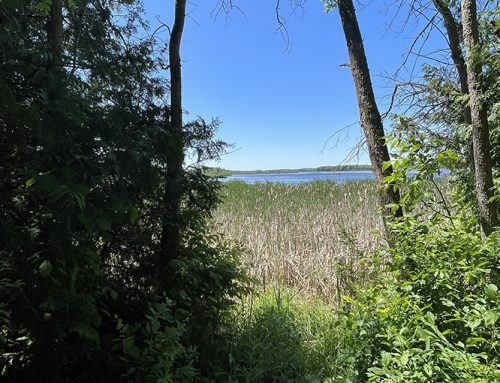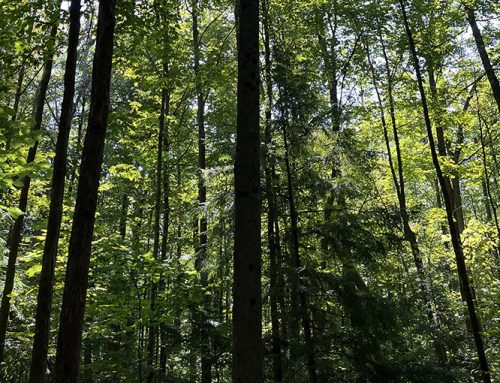
Alewife populations and salmonid stocking numbers have been a hot topic ever since back-to-back cold winters in 2013 and 2014 prompted concerns of a possible prey population collapse.
Every April, scientists from Ontario’s Ministry of Natural Resources and Forestry (MNRF) and New
York’s Department of Environmental Conservation (NYDEC) complete a bottom-trawl sample of Lake
Ontario’s pelagic prey populations. They drag nets and collect acoustic data at locations across the
lake. The data provides an indication of the size and age classes of alewife, and consequently, how
best to manage predator species stocking.
To reduce the pressure on depleted alewife populations, the MNRF and New York’s NYDEC made changes to salmonid (lake trout and salmon) stocking, starting in 2017 and 2018 with a 20% reduction. In 2019 and 2020, an additional 20% cut in chinook stocking numbers was made, followed by no further reductions in 2021, and a 10% increase in 2022.
This past spring, it was initially believed that a strong year class of 2020 alewife would provide a significant biomass increase in 2022 and 2023. However, upon further investigation, scientists found there was a higher-than-expected mortality of those two-year-old alewife, possibly because of heavy predation from salmonids.
Although this isn’t as positive as once thought, MNRF Lake Manager Andy Todd noted the MNRF would adapt to the new findings and said: “We have a rock-solid science program that is tracking lake-wide prey fish so we can work on solutions from an informed position.”
To read the Great Lake Fishery Commission’s 2022 report, click here






Leave A Comment